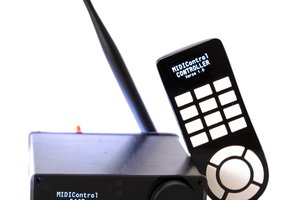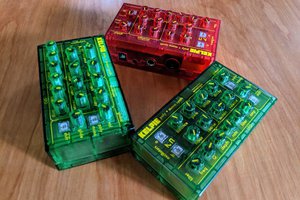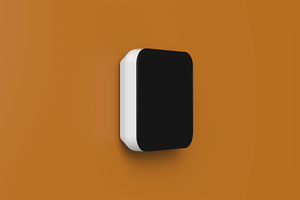My brother (W!M) plays an electric cello, thru an audio to MIDI convertor, into a Linux silent computer running VST's. The only things missing are ways of changing the different sounds and effects whilst he is playing. Hence I am attempting to design a MIDI footboard for a cellist. In future revisions I hope to add sensors such as pressure control in the spike holder and cello and bow position tracking.
wimsMidiFootboardForCello
MIDI foot controller for use with Cello (and Guitar)
 matt thurstan
matt thurstan
 Vojtěch Vosáhlo
Vojtěch Vosáhlo
 Kenneth Marut
Kenneth Marut

 Michael Erberich
Michael Erberich